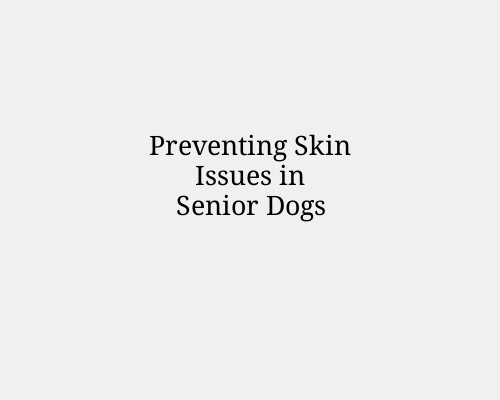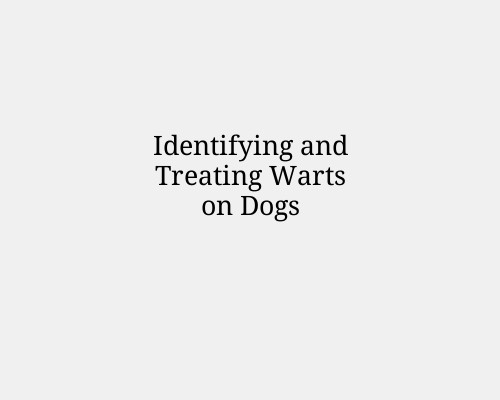How to Identify Skin Lumps in Dogs
Microsoft Word – How to Identify Skin Lumps in Dogs.docx Discovering a lump on your dog’s skin can be alarming, but not all lumps are dangerous. Many are benign and harmless, while others may require medical attention. Knowing how to identify different types of lumps can help you determine whether a vet visit is necessary….










